
Listen to Your Tongue: 11 Subtle Health Messages It Sends Health June 11, 2025 Updated: June 11, 2025
What Your Tongue Can Reveal About Your Health
Most people rarely think about their tongue—until something feels off. But this small, muscular organ can actually reveal a surprising amount about your overall health. Dentists and doctors often detect the earliest signs of illness just by examining it. From subtle color changes to unusual textures or coatings, your tongue can act as a natural diagnostic tool, giving you clues about what’s happening inside your body.
🩷 What Does a Healthy Tongue Look Like?
To recognize when something isn’t right, it’s important to know what a healthy tongue looks and feels like.
A normal tongue should be:
-
Pink to light red in color
-
Moist and smooth with tiny, evenly distributed bumps (papillae)
-
Free of sores, deep cracks, or patches
-
Without thick coatings or unusual discoloration
It should also feel comfortable—no pain, burning, or tenderness. When your tongue is healthy, you barely notice it at all. It plays a quiet yet essential role in tasting, chewing, swallowing, and speaking.
✨ Bonus: A healthy tongue often reflects good digestion, fresh breath, and balanced nutrition.
🔴 Red or Deep Purple Tongue
If your tongue turns bright red or purplish, your body might be signaling a nutritional or medical issue:
-
Geographic Tongue: Irregular red patches with white borders that move over time. It’s harmless but can look alarming.
-
Vitamin B Deficiencies: Low levels of B9 (folic acid) or B12 (cobalamin) can cause redness or soreness. A balanced diet or supplements usually help.
-
Kawasaki Disease: Seen mostly in children under five, this condition causes a “strawberry-like” tongue and requires immediate medical attention.
-
Scarlet Fever: Associated with strep throat, it causes a red, bumpy tongue and must be treated promptly to prevent complications.
If the discoloration appears suddenly or persists for more than a few days, it’s best to consult a doctor.
⚪ White Tongue
A white or pale coating on the tongue may seem harmless but can indicate several conditions:
-
Oral Thrush: A yeast infection (Candida overgrowth) that causes thick, white, cottage cheese-like patches. Common in infants, older adults, and those with weakened immunity.
-
Leukoplakia: White, raised patches caused by cell overgrowth—can be benign but sometimes precancerous.
-
Oral Lichen Planus: Thin, lacy white streaks that may resolve on their own but should still be monitored.
➡️ While many white coatings are temporary, persistent ones should always be evaluated by a healthcare professional.
🟡 Yellow Tongue
A yellowish tint is usually less serious and often caused by:
-
Bacterial buildup or poor oral hygiene
-
Smoking or chewing tobacco
-
Certain medications or vitamin supplements
-
Dehydration or dry mouth
-
Early signs of jaundice (yellowing of the skin and eyes)
Brushing your tongue daily with a soft brush or tongue scraper often helps. If the color persists or darkens, a medical check-up is recommended.
⚫ Black or Hairy Tongue
This condition can look alarming but is generally harmless. It results from an overgrowth of papillae that trap bacteria and dead cells, giving the tongue a “hairy” or dark appearance.
Common causes include:
-
Smoking or heavy coffee/tea drinking
-
Poor oral hygiene
-
Diabetes
-
Antibiotic or chemotherapy treatments
🪥 Regular brushing and tongue cleaning usually clear the discoloration, but persistent cases should be checked by a dentist.
💢 Sore, Bumpy, or Painful Tongue
Occasional soreness can result from something as simple as biting your tongue or eating spicy foods. However, persistent bumps or pain might point to:
-
Mouth ulcers (canker sores)
-
Allergic reactions
-
Irritation from tobacco or alcohol
-
Vitamin deficiencies
If sores last longer than two weeks, are unusually painful, or don’t heal, they could indicate a more serious issue such as oral cancer. Always have lingering symptoms checked by a healthcare provider.
🔥 Burning Tongue
A burning sensation without visible irritation is known as Burning Mouth Syndrome (BMS) or glossodynia. Possible causes include:
-
Nerve damage
-
Hormonal changes (especially during menopause)
-
Allergies or reactions to dental products
-
Oral infections or dry mouth
-
Psychological stress or anxiety
Because multiple factors can trigger BMS, it’s important to get a professional diagnosis to find effective relief.
💡 The Bottom Line
Your tongue is more than just a part of your mouth—it’s a mirror reflecting your body’s internal balance. Subtle changes in its color, coating, or texture can be early warning signs of nutritional deficiencies, infections, or even systemic diseases.
Taking a moment each day to look at your tongue in the mirror might seem trivial, but it’s a simple way to stay in tune with your health.
🩺 Tip: If you notice persistent changes—such as swelling, pain, discoloration, or lesions lasting more than two weeks—schedule an appointment with your doctor or dentist. Early diagnosis and treatment can make all the difference.
News in the same category


The Best Foods to Cleanse and Prevent Clogged Arteries

Capsaicin Stops Heart Attacks And Destroys Cancer Cells
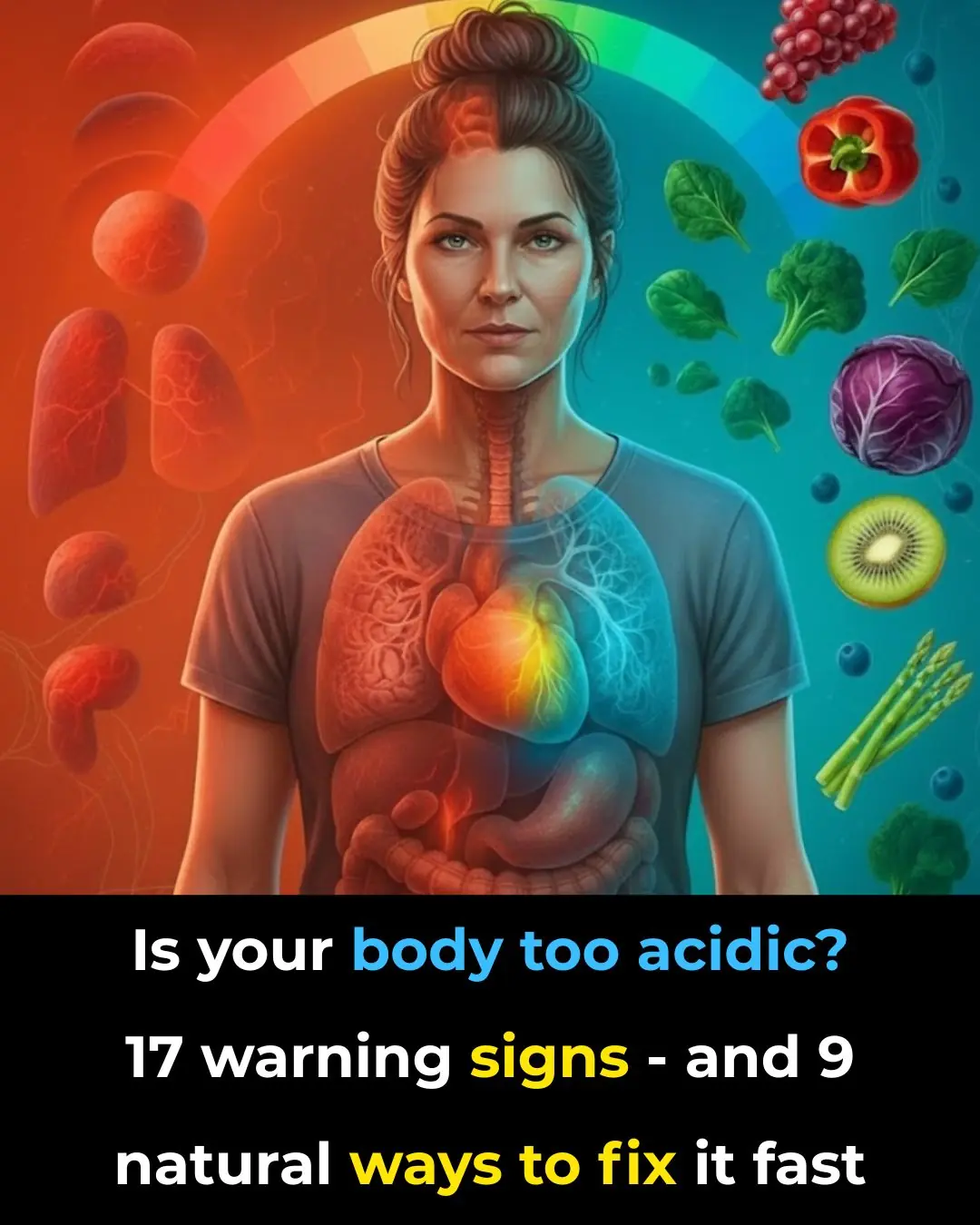
17 Signs Your Body Is Too Acidic And 9 Ways To Quickly Alkalize It
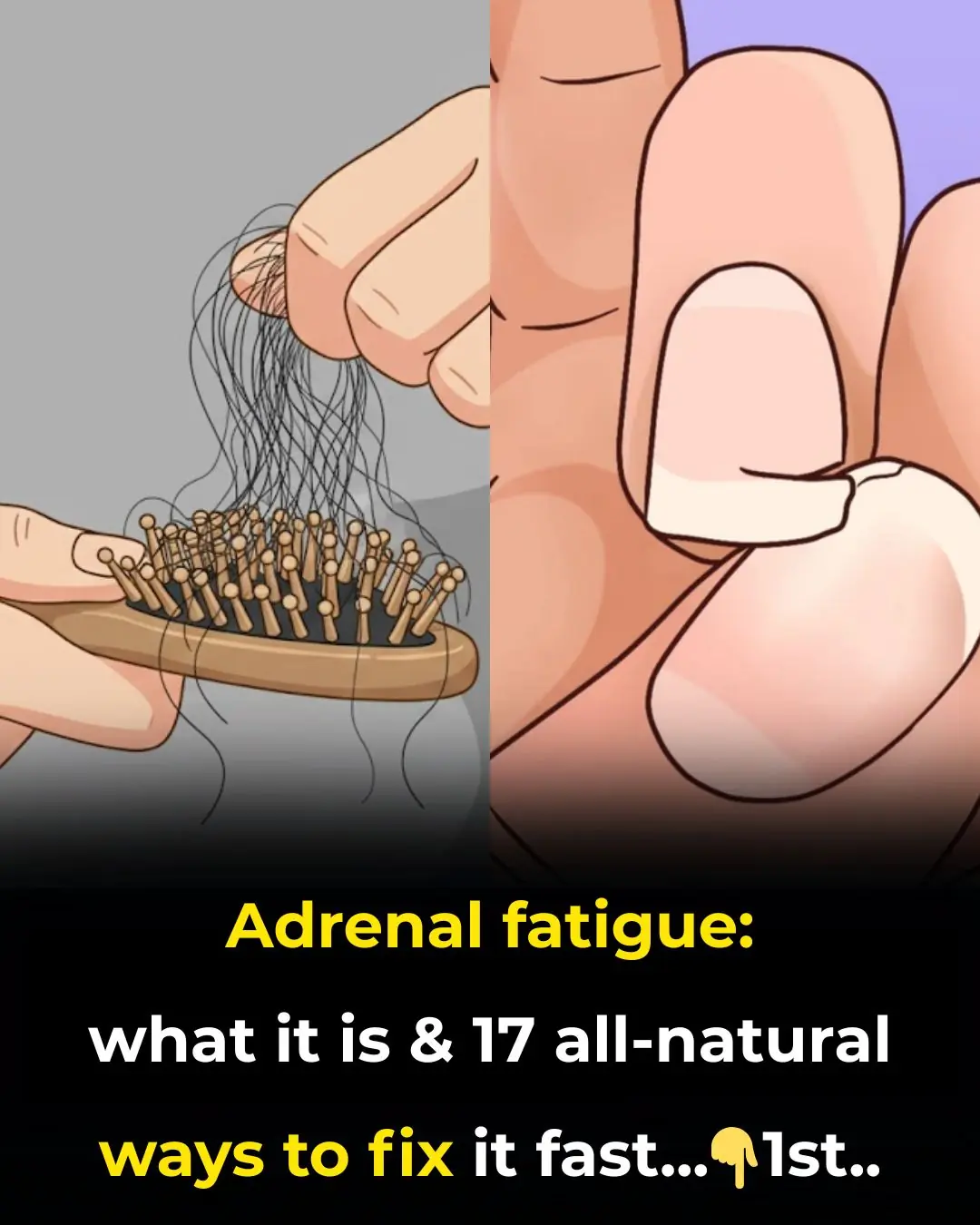
Adrenal fatigue: what it is and 17 all-natural ways to fix it fast

Colon Cleansing With Kefir and Flaxseed Meal
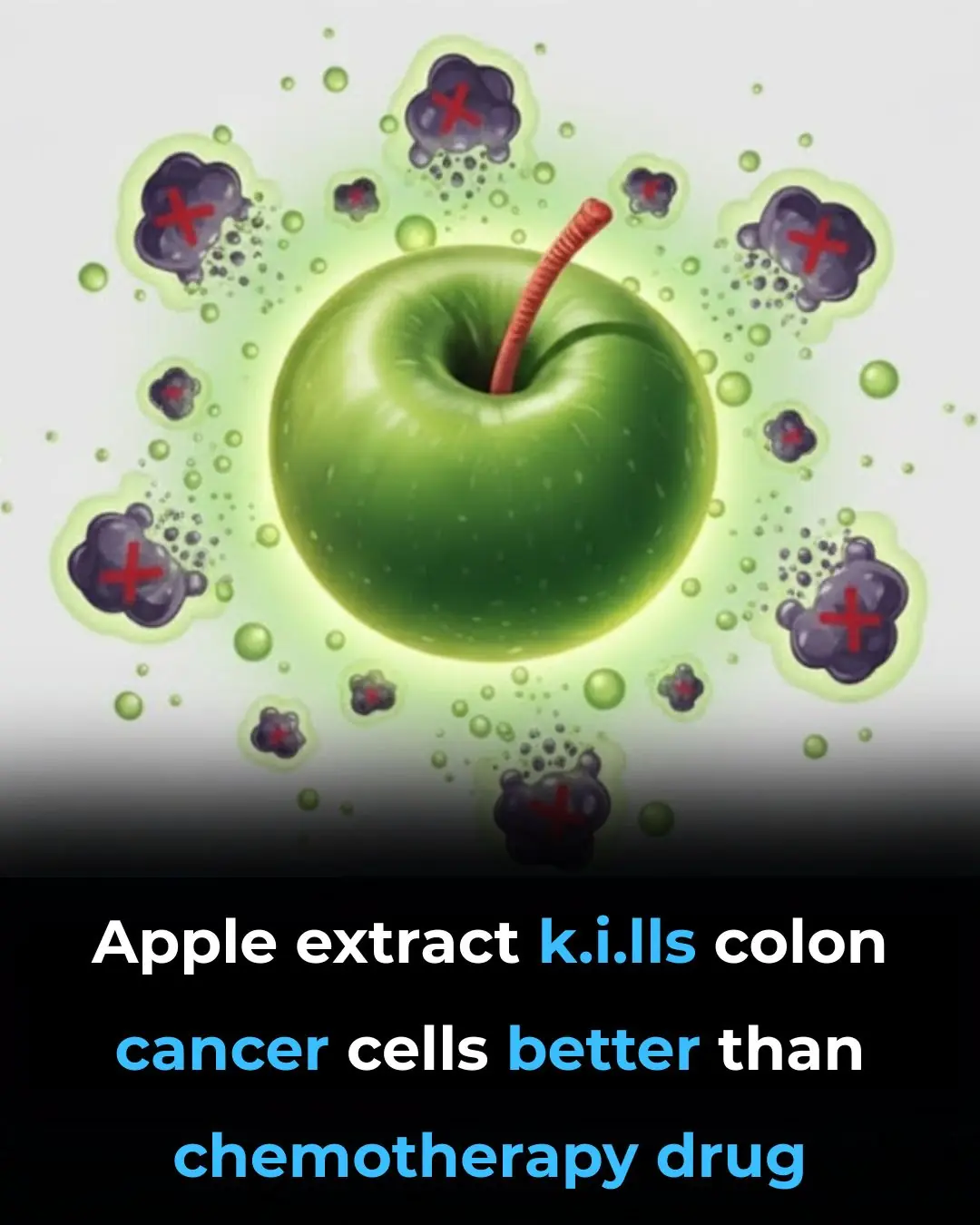
Apple extract kills colon cancer cells better than chemotherapy drug

12 surprising foods that help dissolve blood clots naturally

5 Best Water Benefits You Should Know

The Link Between Gout and Kidney Disease: What You Need to Know

The Rise of Kissing Bugs
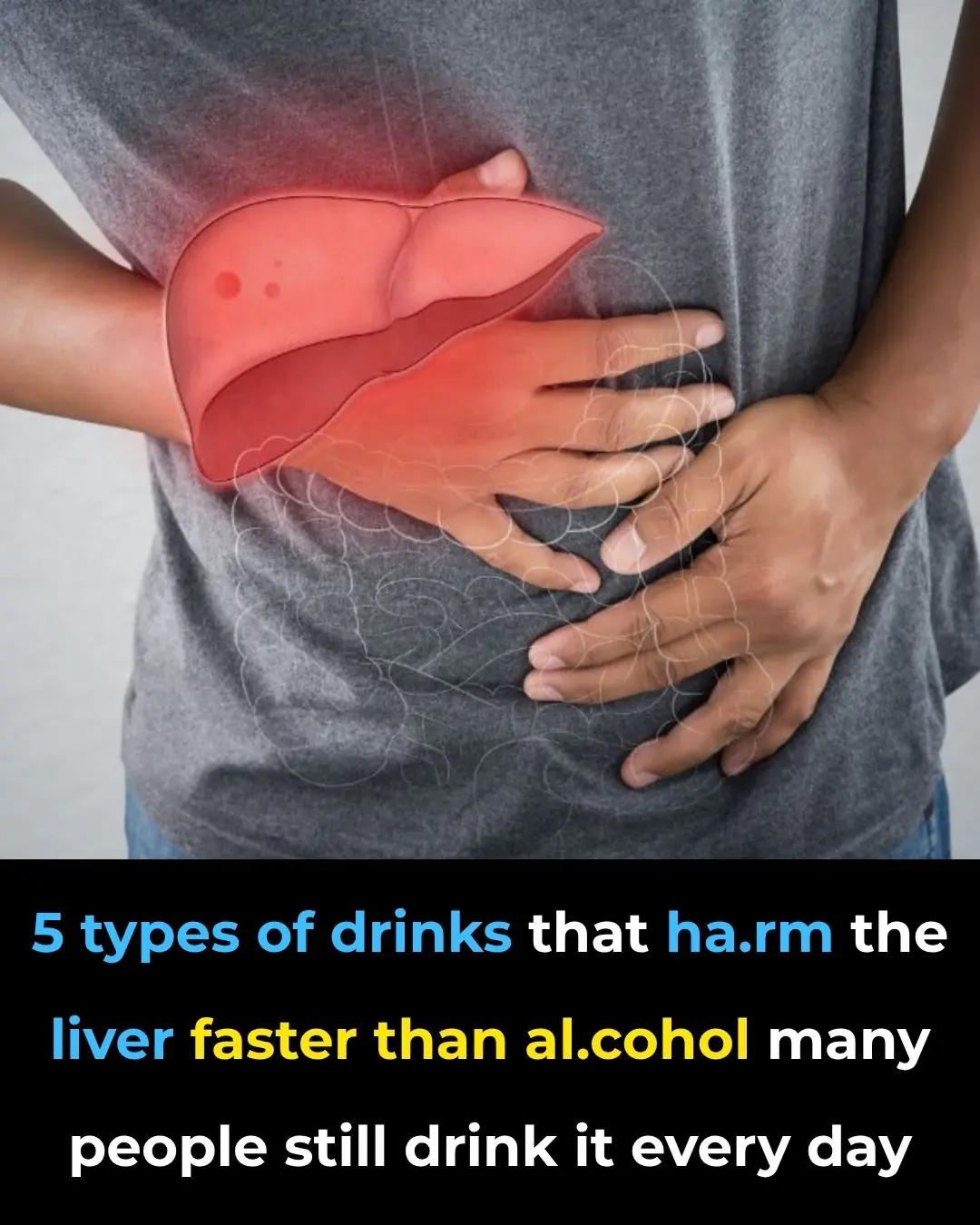
5 Common Drinks That Can Damage Your Liver Just Like Alcohol

If your mouth feels dry at night, here are 8 reasons why

Two itchy areas on the body could be a sign of liver cancer — but many people mistake it for an allergy

GOOD NEWS: The U.S. Has Successfully Tested a 'Miracle Drug' That Destroys 70 Types of Cancer

Say Goodbye to Dead Skin on Your Feet with These Simple Natural Remedies

Sleeping Trick? Why Sticking One Foot Out Actually Works

12 Urgent Warning Signs That You’re Not Getting Enough Vitamin D
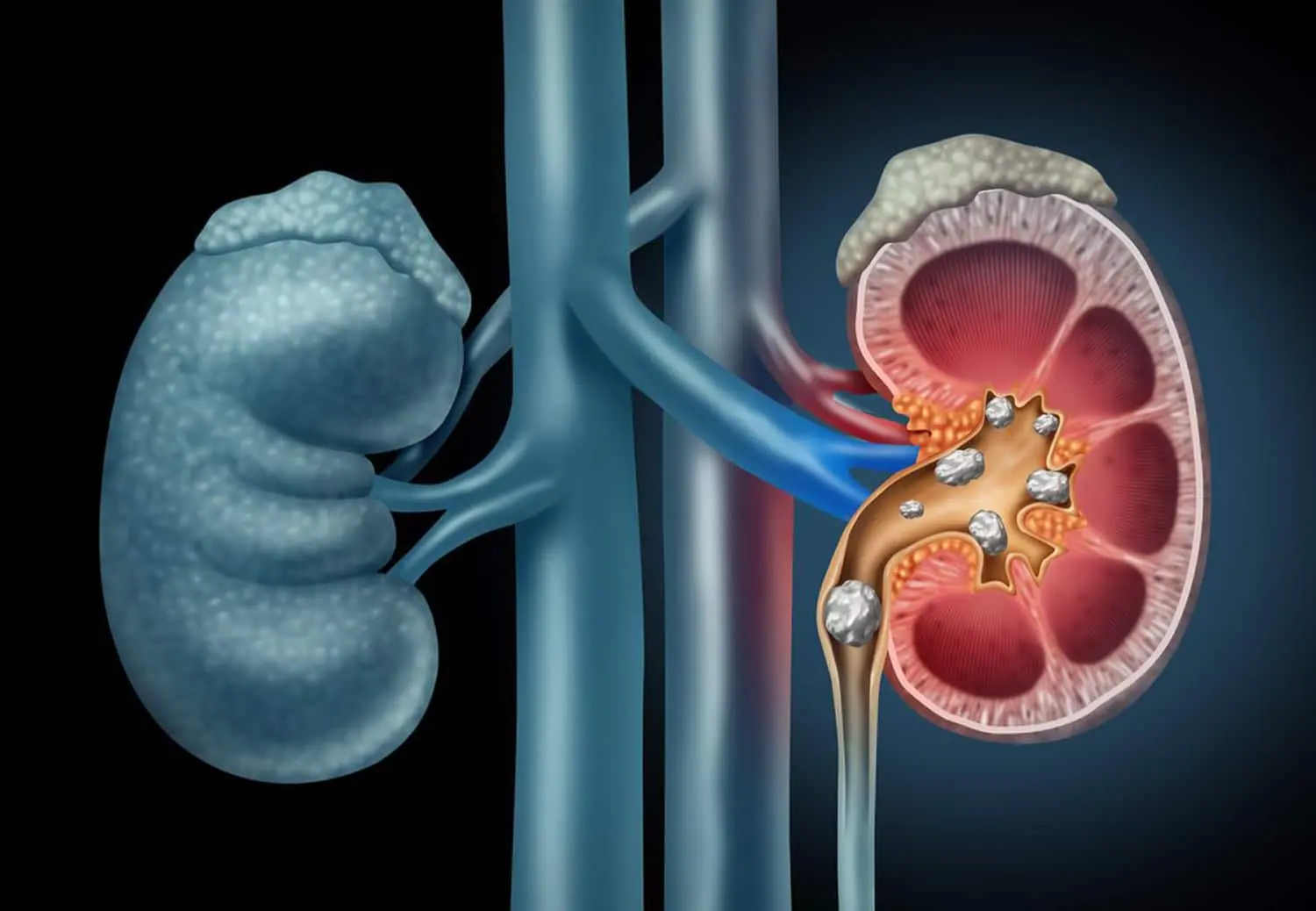
Top 10 Signs of Kidney Problems You Absolutely Must Be Aware Of
News Post

Willie Flanigan and the Gift of a Simple, Perfect Day.

A Cart Full of Kindness: When a Stranger Paid It Forward.

20-Year-Old Man Suffers Acute Kidney Failure After Eating 30 Grilled Oysters — Doctors Reveal the Shocking Cause

Fig Leaves: Surprising Benefits and Uses

How to Clean Moldy Refrigerator Gaskets — Sparkling Clean in Just 5 Minutes

The Whale That Carried History In Its Neck For Over 100 Years

Denver Bans the Sale of Dogs, Cats, and Rabbits, Paving the Way for More Shelter Adoptions

Medicinal Health Benefits of Turmeric, Curcumin and Turmeric Tea Based on Science

The Best Foods to Cleanse and Prevent Clogged Arteries

Capsaicin Stops Heart Attacks And Destroys Cancer Cells

17 Signs Your Body Is Too Acidic And 9 Ways To Quickly Alkalize It

Adrenal fatigue: what it is and 17 all-natural ways to fix it fast

Colon Cleansing With Kefir and Flaxseed Meal
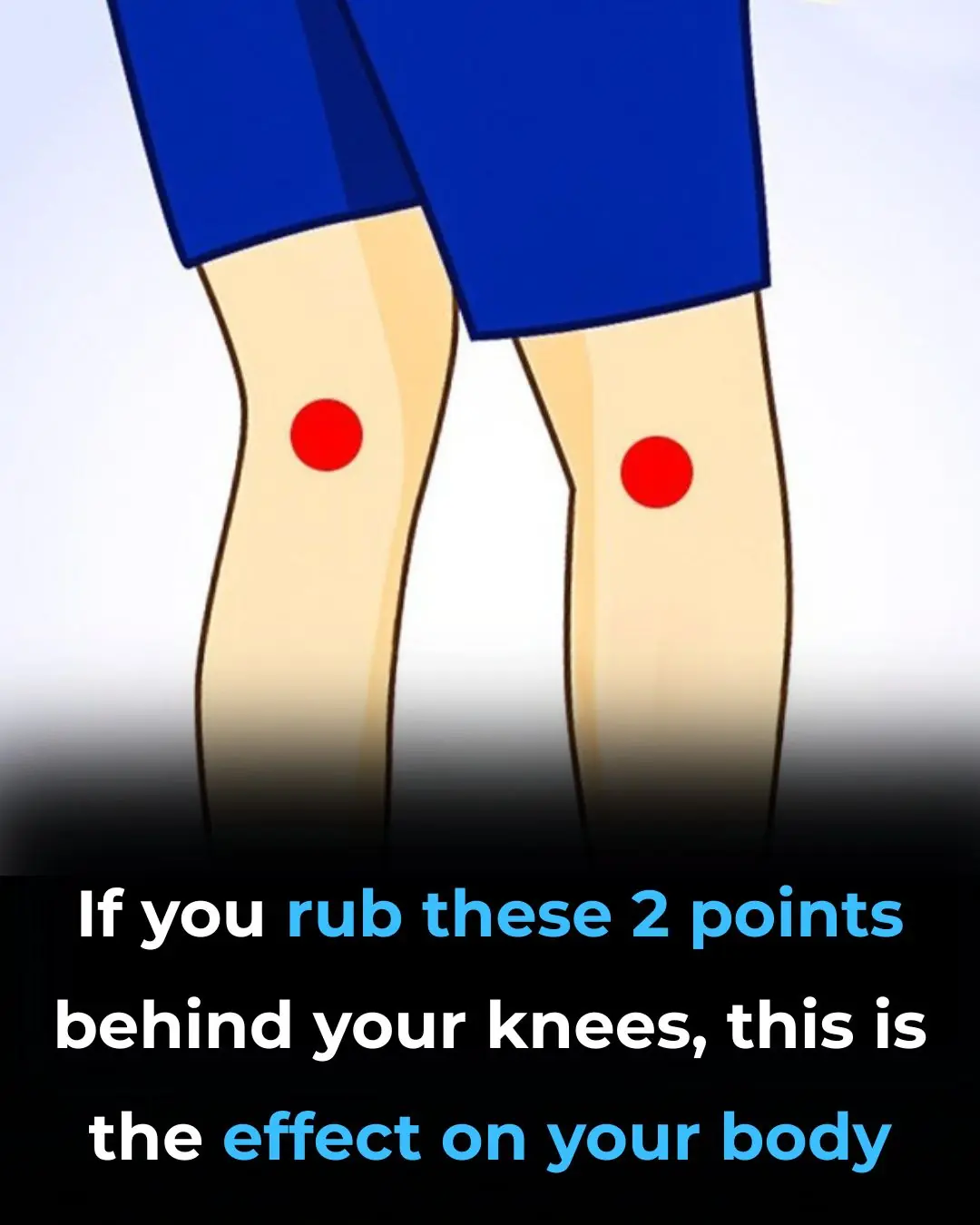
If you rub these 2 points behind your knees, this is the effect on your body

Apple extract kills colon cancer cells better than chemotherapy drug

12 surprising foods that help dissolve blood clots naturally

Elon Musk's ex Grimes reveals controversial face tattoo she spent 10 years 'emotionally' working up to

Justin Bieber announces 'wild' tech career move that could earn him millions

My Sister Stole My $85,000 Inheritance to Fund Her Lavish Wedding – I Waited Until Her Big Day to Deliver My Revenge
